Lili Pike
:quality(100)/cloudfront-us-east-1.images.arcpublishing.com/thesummit/2VH4O6IYGFBV5M7LVVPPYE4L2Q.jpg)
China’s annual National People’s Congress began this weekend in Beijing with the typical fanfare. The thousands of delegates who make up the world’s largest legislature streamed in from across the country. Technically, they come to vote on legislation and elect new government officials, but in reality the meetings are more of a performance — the actual decisions have been made well in advance by China’s top leaders.
The key part of that performance is the Government Work Report, which was delivered this year by China’s outgoing premier, Li Keqiang. During Li’s hourlong speech Sunday, the camera panned the Great Hall of the People to show delegates representing China’s 56 ethnic groups, all studiously reading the report.
This year’s opening speech — as is usually the case — was a collection of Communist Party slogans and statistics, a presentation that makes an American State of the Union address look like a Hollywood production. Perhaps the most human moment came when Li spoke about the pandemic: “Our people in their hundreds of millions have prevailed over many difficulties and challenges, made great sacrifices and played their due part,” Li said. “It has not been an easy journey for anyone, but together we have overcome the huge challenge of covid-19.”
But for the most part, the government’s long list of accomplishments and goals were conveyed in numbers — a lot of numbers: 17,000 kilometers of high-speed rail built over the past year, a 40 percent increase in the length of drainage pipelines, the percentage of urban residents — up to 65 percent, “value-added high-tech manufacturing” up by 11 percent. And on it went. Among goals for the year ahead: 12 million new urban jobs and 650 million metric tons of grain production.

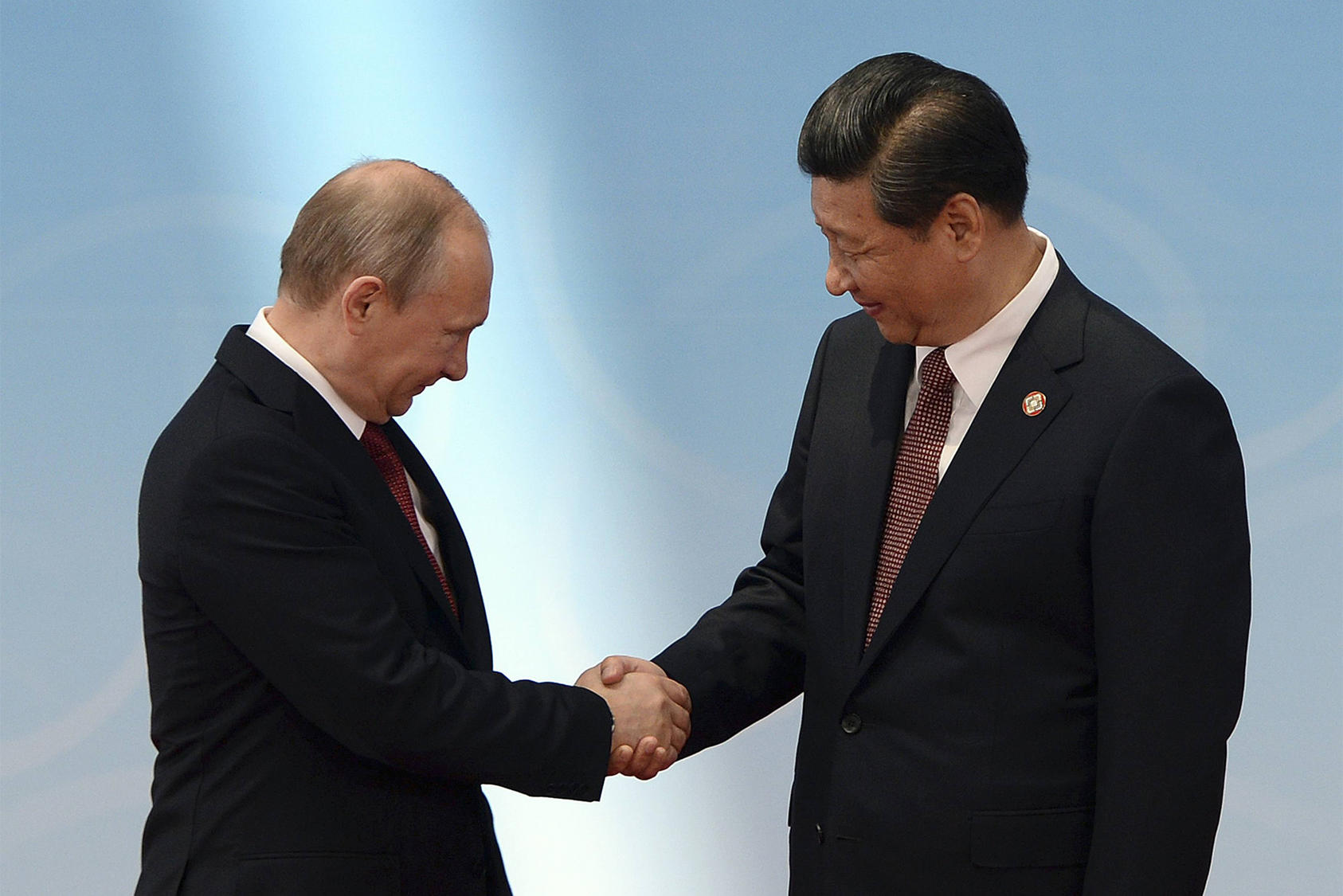
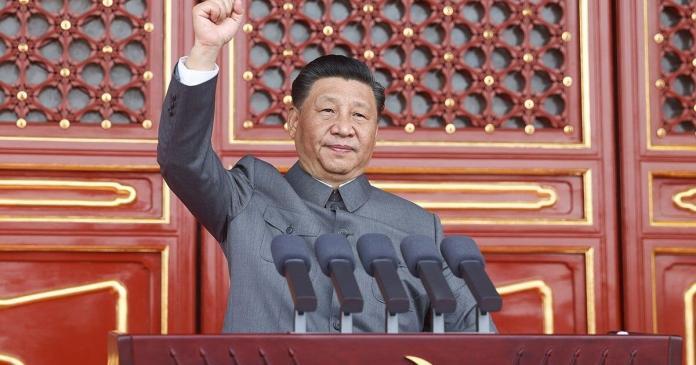
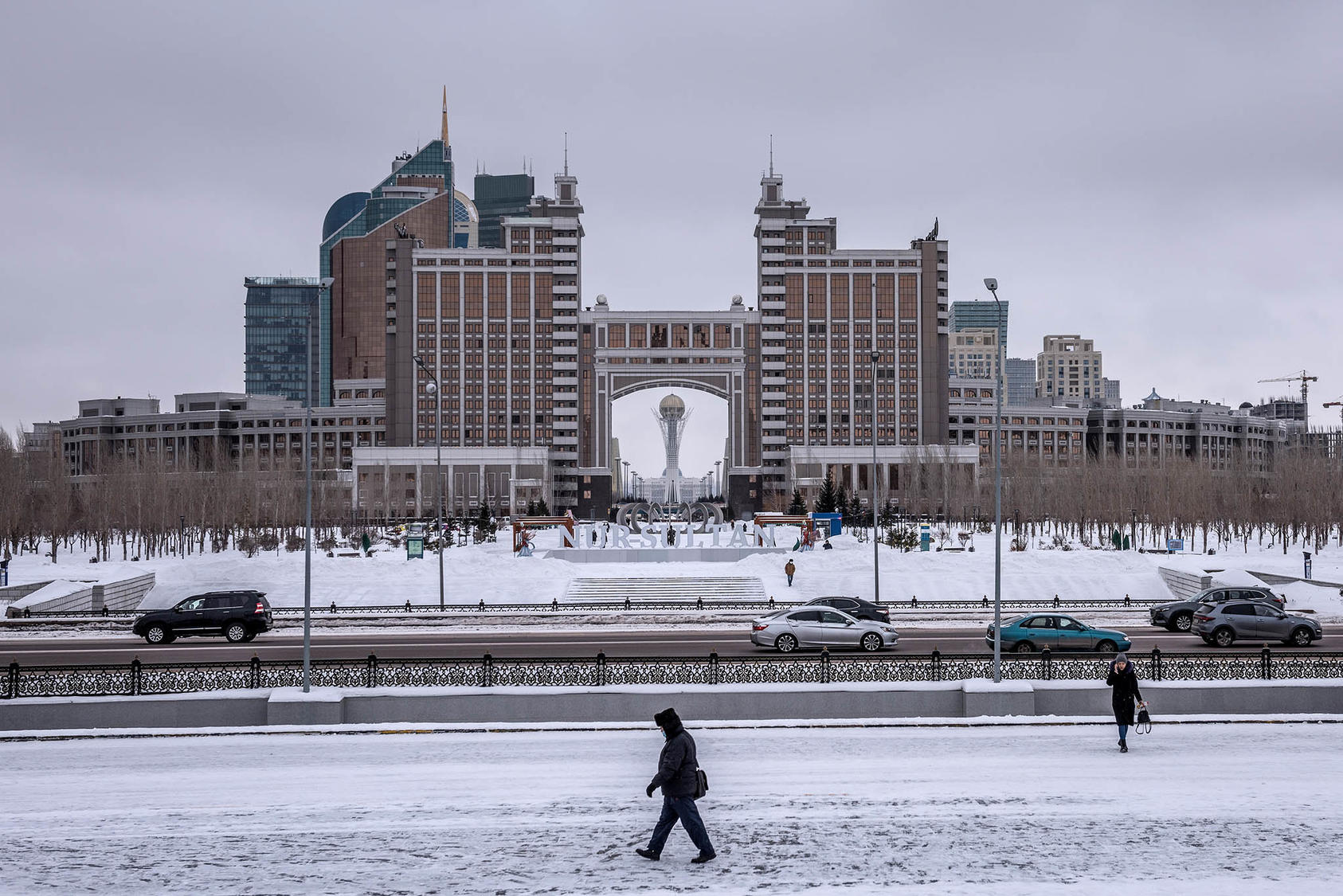
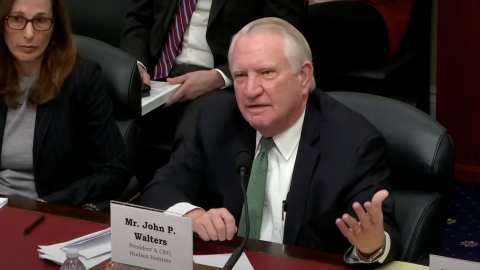
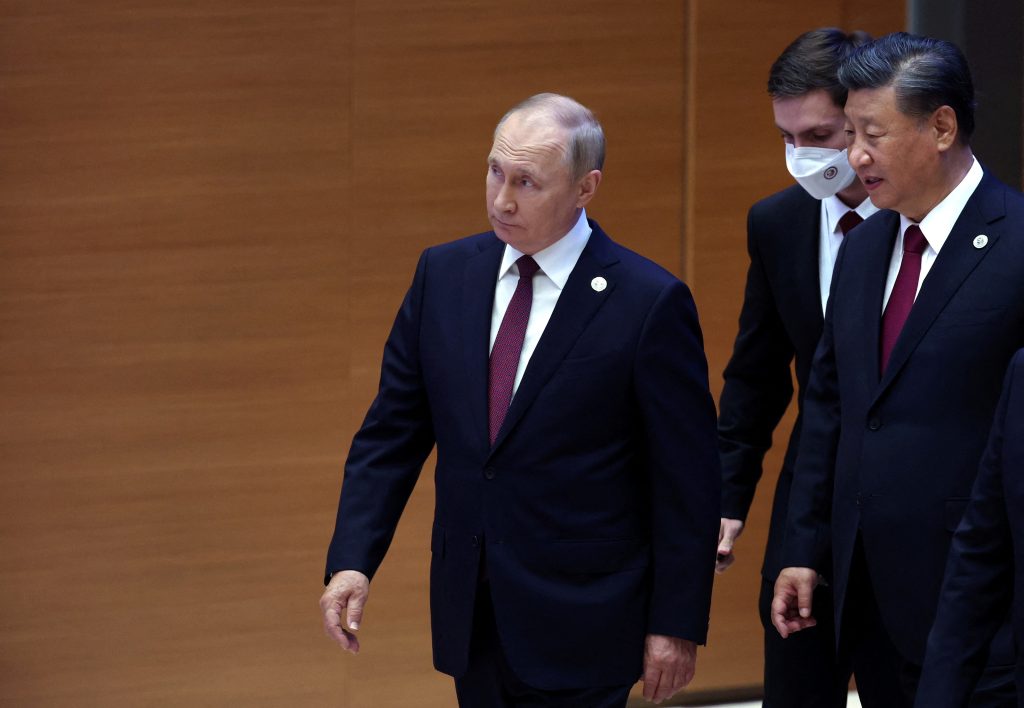


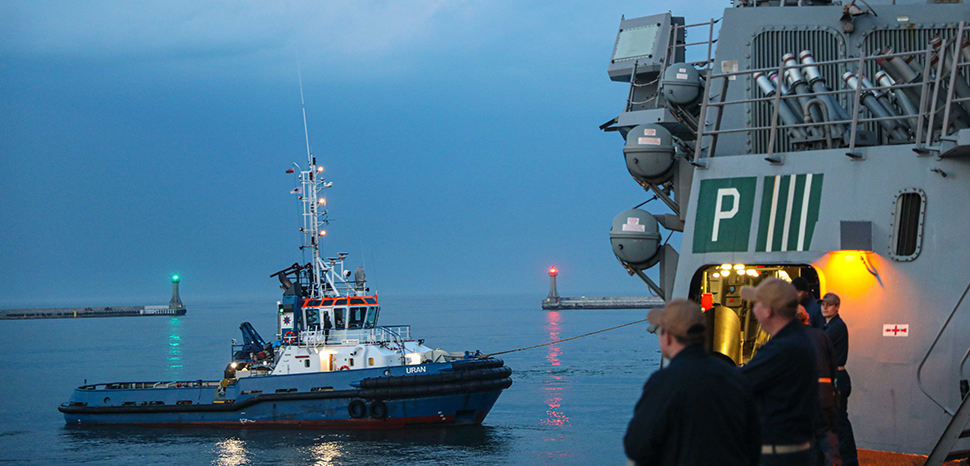


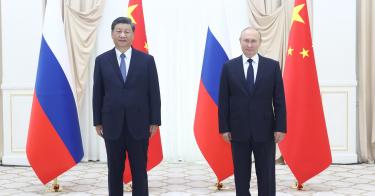


:quality(70)/cloudfront-us-east-1.images.arcpublishing.com/archetype/DEVA362EX5FJLDBUN7CLIFI5WU.jpg)




